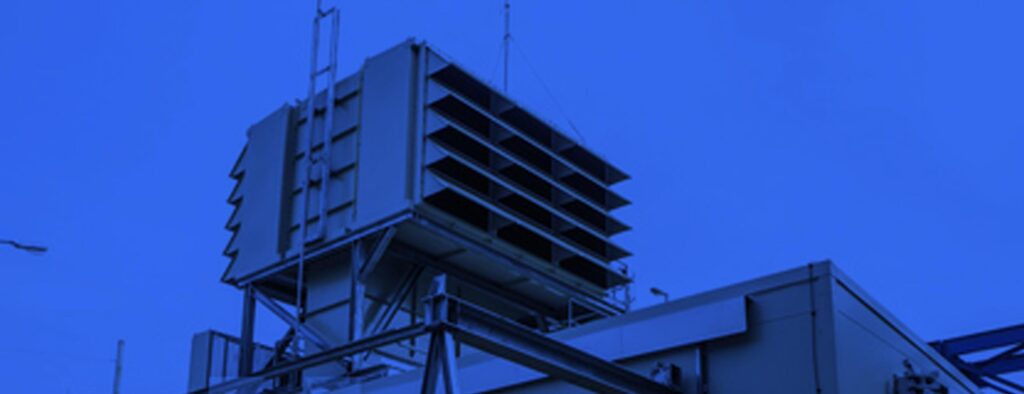
Gas turbines ingest enormous quantities of air. In especially harsh conditions, gas turbines can be subject to fouling and erosion due to fine dust particles. The new ISO 16890 standard focuses on these fine dust particles and has changed testing and classification methods for air filters.
Application
ISO 16890 is more applicable to the real-world gas turbine industry, whereas EN 779 was more focused on the needs of Heating, Ventilation, and Air Conditioning (HVAC) industry. While ISO 16890 still aligns itself with the HVAC industry, its applicability and usefulness to the gas turbine industry has increased over EN 779.
Through these new standards, based on studies of real-world environmental conditions, gas turbine operators will be able to better plan their gas turbine’s performance in a harsh environment. A critical part of this planning is selecting or designing the right air filtration solutions to ensure the turbine’s reliability and preventing high maintenance costs.
An air filter’s measured, reported efficiency was rated based on particles in the size of 0.4 microns. An associated rating was then assigned depending on how these test results compared to the old standard’s rating table.
One issue with this method of measuring and reporting is that testing did not simulate environmental conditions in the real world. There was also no way to determine the impact on gas turbine performance upon selecting a filter of a certain rating, because filters in testing were artificially loaded with .4-micron test dust. Often, tests actually showed an increase in gas turbine air filter efficiency while real-world scenarios showed the opposite. This led to over estimations of filter performance.
The new ISO standard, though, only measures the initial efficiency of the air filter, with the artificial loading component of testing now only used optionally to determine the approximate filter life, rather than trying to estimate the filter’s through-life efficiency.
Furthermore, initial efficiency is now measured using a World Health Organization (WHO) PM reporting system for airborne contaminants, rather than evaluating air filters based on the relatively arbitrary point of .4 microns particle diameter.
Additionally, measurements have been normalized to present more realistic representations of real-world airborne contaminant distribution.
Why Fine Dust Matters
Unexpected turbine down time and outages can occur when a filter is blocked, resulting in sudden spikes in pressure. Associated with this is the cost of lost production.
Moisture from fog or certain mists can create droplets that become stuck within the filter media. When these liquid droplets become combined with fine dust (and other solids) in the media, a filter can become clogged. Even worse, this sticky substance can be sucked through the air filter and into the gas turbine, causing fouling or erosion.
Conclusion
The new ISO 16890 can now be used to more accurately assess the impact of an air filter’s performance on turbine performance. Better systems can be designed that can more easily handle moisture and dust, reducing the risk of unexpected blockages, downtime, and lost production and profitability.
For your complete selection of ISO 16890-compliant air filtration solutions, contact Advanced Filtration Concepts, at 323-832-8316. Or, visit us online to view our complete line of commercial air filters.

Advanced Filtration Concepts is a
Certified Veteran-Owned Small Business.
